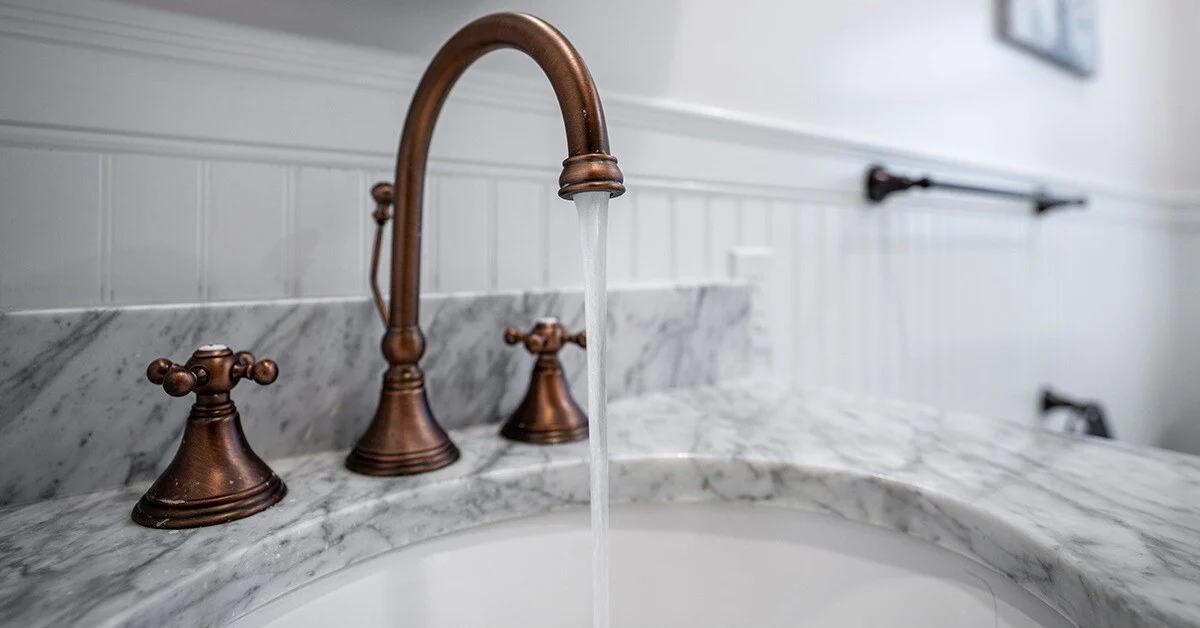A white tongue is a common condition where the surface of the tongue appears covered in a white or pale coating. While it is often harmless, it can sometimes indicate an underlying health issue, such as poor oral hygiene, dehydration, or even an infection. It’s important to address this condition promptly to maintain good oral health and overall well-being. Here are 10 effective ways to get rid of white tongue and restore a healthier mouth.
1. Practice Good Oral Hygiene
The most fundamental way to treat white tongue is by maintaining proper oral hygiene. This includes brushing your teeth and tongue regularly. Use a toothbrush with soft bristles to gently clean the surface of your tongue, removing bacteria and food particles that contribute to the white coating.
Make sure to brush your tongue at least once a day, preferably in the morning, to eliminate any buildup from overnight. A tongue scraper can also be used to remove debris more effectively.
2. Hydrate Well
Dehydration can cause your tongue to appear white. A lack of sufficient water in your body can lead to a dry mouth, which in turn contributes to the development of white tongue. Drink plenty of water throughout the day to keep your mouth moist and promote the natural cleansing of your tongue.
Hydration is essential for overall health, so ensure you’re consuming an adequate amount of water daily, ideally 8 glasses or more, depending on your activity level and climate.
3. Use a Tongue Scraper
A tongue scraper is a simple and effective tool for cleaning your tongue. Gently scraping the surface of your tongue can help remove the white coating caused by the buildup of bacteria, dead cells, and food particles.
Tongue scraping is an easy and inexpensive way to maintain a cleaner mouth. You can find tongue scrapers made of plastic or stainless steel, which are designed specifically to clean the tongue’s surface without causing irritation.
4. Incorporate Mouthwash
Using an antimicrobial mouthwash can help reduce the bacteria in your mouth, which is a common cause of white tongue. Choose a mouthwash that fights bacteria, plaque, and bad breath, as these factors can all contribute to a white-coated tongue.
Rinse with mouthwash for 30 seconds after brushing to help eliminate bacteria and freshen your breath. Be sure to select a mouthwash that does not contain alcohol, as alcohol can dry out your mouth and worsen the condition.
5. Eat a Balanced Diet
A poor diet lacking in essential nutrients can contribute to the development of a white tongue. Eating a well-balanced diet with plenty of fruits, vegetables, and whole grains can support a healthy mouth. Foods rich in fiber help stimulate saliva production, which is essential for cleaning the tongue and neutralizing acids in the mouth.
Additionally, foods such as yogurt that contain probiotics can help promote healthy bacteria in the mouth, reducing the chances of an overgrowth of harmful bacteria that leads to white tongue.
6. Avoid Smoking or Tobacco Use
Smoking and using tobacco products are major contributors to white tongue, as they promote the growth of bacteria and fungi in the mouth. Tobacco can also cause dry mouth, which exacerbates the condition. Quitting smoking or avoiding tobacco use is an important step in maintaining a healthy tongue and mouth.
Along with preventing white tongue, quitting smoking offers a wide range of health benefits, including improved overall oral hygiene, fresh breath, and a reduced risk of gum disease.
7. Gargle with Salt Water
Gargling with salt water can help soothe the tongue and reduce inflammation caused by white tongue. Salt has natural antibacterial properties that can help kill harmful bacteria in the mouth, while also promoting the healing of any sores or irritations on the tongue.
Mix half a teaspoon of salt in warm water and gargle for 30 seconds. Repeat this process twice a day to improve oral health and reduce the white coating on the tongue.
8. Consume Herbal Remedies
Certain herbal remedies are known for their ability to reduce the white coating on the tongue. Herbs such as neem, clove, and aloe vera possess antibacterial and antifungal properties, which help cleanse the mouth and reduce the buildup of harmful microorganisms.
You can use neem toothpaste or rinse your mouth with aloe vera juice to support the removal of the white tongue coating. Additionally, drinking herbal teas like green tea can help cleanse the mouth and fight inflammation.
9. Limit Alcohol and Caffeine Intake
Alcohol and caffeine can dry out your mouth, which may contribute to the development of white tongue. A dry mouth creates an environment where bacteria can thrive, leading to the formation of the white coating. Reducing your intake of alcohol and caffeine can help keep your mouth hydrated and maintain a healthier tongue.
If you do consume these beverages, make sure to drink plenty of water afterward to rehydrate your mouth and support natural cleaning processes.
10. Consult a Dentist or Doctor
If your white tongue persists despite following these home remedies, it may be time to consult a healthcare professional. Persistent white tongue could be a sign of an underlying condition, such as a fungal infection (like oral thrush), a bacterial infection, or a more serious health problem.
Your dentist or doctor can assess your condition, provide a proper diagnosis, and recommend additional treatments, such as antifungal medication or changes to your oral care routine.
11. Use Coconut Oil for Oil Pulling
Oil pulling is an ancient practice that involves swishing oil in your mouth to help remove bacteria, toxins, and food particles. Coconut oil, in particular, has natural antimicrobial properties and is known for its ability to promote oral health. Swishing a tablespoon of coconut oil around your mouth for 10-15 minutes can help reduce the white coating on your tongue and improve overall oral hygiene.
After oil pulling, spit the oil out and rinse your mouth with warm water. Regular practice of oil pulling may also help reduce bad breath and promote healthier gums.
12. Increase Probiotic Intake
An imbalance in the bacteria in your mouth can contribute to the development of white tongue. Probiotics, which are beneficial bacteria, help restore balance and reduce the growth of harmful microorganisms. You can consume probiotic-rich foods like yogurt, kefir, sauerkraut, and kimchi to improve the health of your mouth.
Alternatively, you can take probiotic supplements to support your oral microbiome and reduce the chances of developing conditions like oral thrush, which is often associated with a white-coated tongue.
13. Try Baking Soda
Baking soda is a natural and gentle abrasive that can help clean the tongue and neutralize acids in the mouth. It also has antibacterial properties that can help reduce harmful bacteria and promote a cleaner, healthier tongue.
To use baking soda, make a paste by mixing a small amount of baking soda with water and applying it to your tongue. Gently brush your tongue with the paste for a minute, then rinse thoroughly. This can help remove the white coating and freshen your breath.
14. Manage Stress Levels
High levels of stress can negatively impact your immune system and lead to conditions like oral thrush, which often presents with a white coating on the tongue. Chronic stress can also disrupt your oral hygiene routine and contribute to dry mouth, further exacerbating the appearance of a white tongue.
To manage stress, consider incorporating relaxation techniques such as meditation, yoga, deep breathing exercises, or regular physical activity into your daily routine. Reducing stress will not only benefit your overall health but will also help maintain a healthier mouth.
15. Avoid Spicy or Acidic Foods
Spicy and acidic foods can irritate the surface of your tongue and worsen the symptoms of a white-coated tongue. Foods like citrus fruits, tomatoes, and hot peppers can cause inflammation and exacerbate conditions like oral thrush or dry mouth, which contribute to the development of a white coating.
To help promote healing, limit your intake of spicy or acidic foods until the condition improves. Opt for milder, less irritating foods that are easier on the tongue and mouth.
Conclusion
While a white tongue is often a temporary condition, it’s important to address the underlying causes to prevent further complications. By maintaining good oral hygiene, staying hydrated, using natural remedies like coconut oil and baking soda, and managing stress, you can reduce the appearance of white tongue and promote a healthier mouth.
Incorporating these habits into your daily routine will help keep your tongue clean, fresh, and free from harmful bacteria. If symptoms persist, it’s crucial to consult with a dentist or healthcare provider for a more thorough evaluation and treatment plan.











